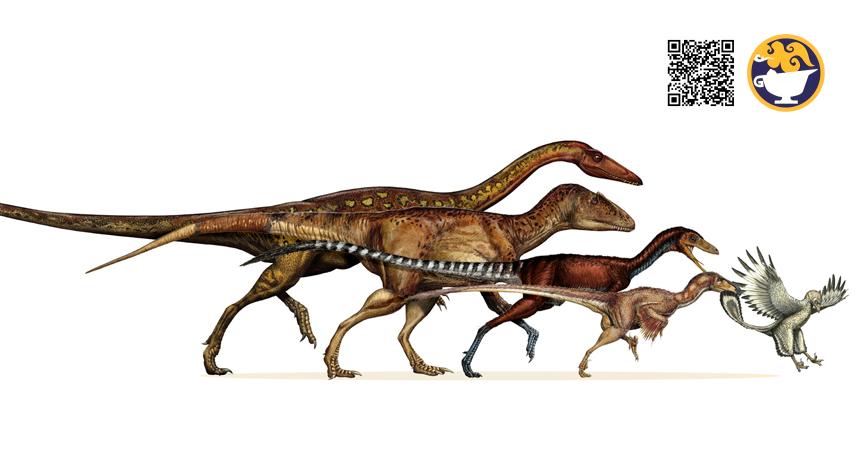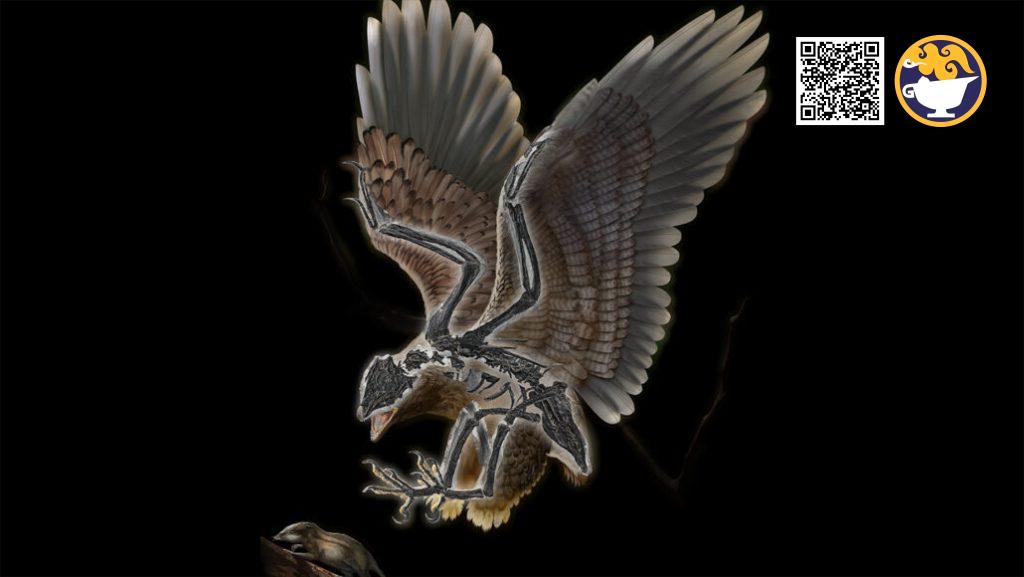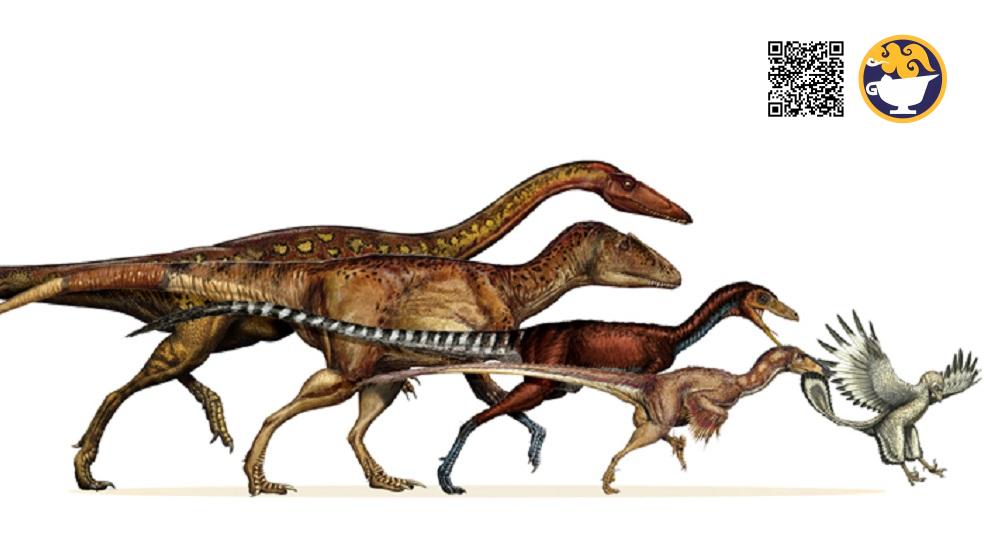A 120-million-year-old fossilized bird discovered in China may provide fresh information on the transition from dinosaurs that lived on the land to the flying birds of today. The dove-sized Cratonavis Zhui had a dinosaur-like head on top of a bird-like body, according to a study published in the January issue of Nature Ecology & Evolution.

The flattened specimen was found in the Jiufotang Formation, a prehistoric rock formation in northeastern China that is a hotspot for surviving feathered dinosaurs and early birds. Paleontologist Li Zhiheng of the Chinese Academy of Sciences in Beijing and colleagues claim that CT scans indicated that Cratonavis possessed a skull that was almost identical (but smaller) to that of theropod dinosaurs like Tyrannosaurus rex. This indicates that the movable upper jaw present in contemporary birds had not yet developed in Cratonavis.
According to Luis Chiappe, a paleontologist from the Natural History Museum of Los Angeles County who was not involved in the study, it is one of a small number of specimens that are part of the recently discovered group of transitional birds known as the jinguofortisids. Its mix of dinosaurs and birds “is not surprising.” He claims that compared to modern birds, most dinosaur-era birds had more basic, toothed skulls. The latest discovery, however, “builds on our understanding of this ape-like group of birds at the base of the avian family tree.”

Additionally, Cratonavis’ scapula and hallux, or backward-facing toe, were extremely long. The researchers speculate that the bird’s larger shoulder blades, which are uncommon in Cretaceous birds, may have made up for its unimpressive flying mechanics.
And that enormous, heavy toe? It defies the general trend of metatarsals getting smaller as birds continued to develop. According to Li’s team, Cratonavis may have utilized this remarkable digit to hunt similarly to modern raptors.
Cratonavis might not have been up to the task of stepping into those shoes, though. The dino-headed bird would have been a little predator, Chiappe claims, presumably slaying insects, grasshoppers, and the rare lizard rather than terrifying the sky.
Reference: Aaron Tremper@ https://www.sciencenews.org











